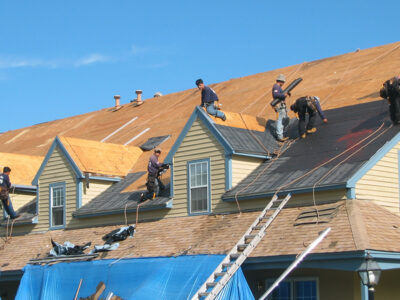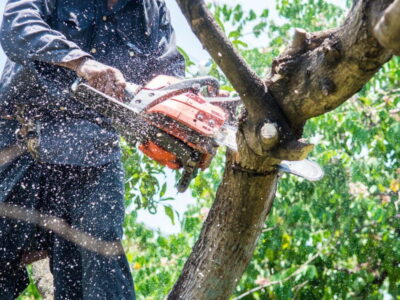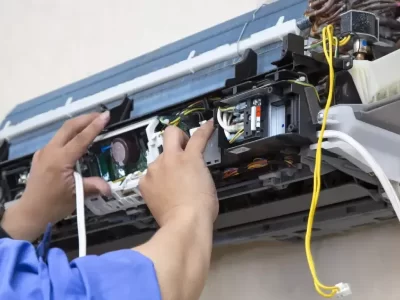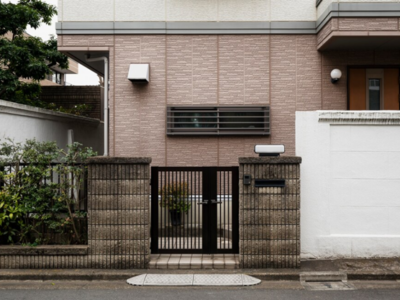We’ve got the answers if you’ve ever wondered what the difference between regular and tempered glass is. First, imagine sitting in your living room next to the patio door. The kids are playing baseball in the backyard. Suddenly, there’s a loud crash and the sound of glass breaking. The ball ends up on the floor at your feet.
You could have sharp glass shards flying by your head or a pile of small, harmless pieces of glass on the floor. That’s the difference between regular and tempered glass. And that’s why California requires tempered window glass. For more, read on.
Earthquakes, Fires, and Baseballs
Glass windows and doors are the most vulnerable part of any building. When regular glass shatters, whether it’s from an earthquake, a fire, or a baseball, the glass breaks into large, very sharp pieces. Think knives flying through the air.
Using tempered glass reduces the glass danger from fire and earthquakes and any other impact. That’s why California’s building code requires that tempered glass is used in new construction and renovations. Tempered glass is required in a number of applications, including:
- Windows less than 18″ from a floor
- Glass within five feet of a drain, shower, or bathtub
- In any door with glass
- In skylights
- In sliding doors and windows
- Windows less than two feet from a door
For complete guidance on where tempered glass is required, check out professional window installation San Diego.
Benefits of Tempered Glass
So what are the benefits of tempered glass? And what makes it different from regular glass? Let’s start with the difference. Tempered glass undergoes two additional manufacturing steps.
First, it’s put in a tempering furnace (1,100 degrees), then it undergoes high-pressure cooling – quenching. The result is the critical differences that separate tempered glass from regular glass.
Enhanced Impact Resistance
Tempered glass is rated to stand up to 10,000 pounds per square inch of surface compression. That’s at least four times stronger than regular glass. That may not be strong enough to stop a major-league fastball, but most impacts won’t affect it in the least.
Greater Tensile Strength
Because the tempering process also gives the glass greater tensile strength, it’s possible to manufacture and use much larger panels than with regular glass. Those enormous windows you see on modern skyscrapers? That’s tempered glass.
Better Thermal Efficiency
Because tempered glass is far more resistant to high heat, it makes a huge difference in areas where it might be exposed to radiant heat. That might be from a fireplace – or even a wildfire.
Far Safer When Broken
Although tempered glass is much stronger, it can break. However, when it does, it crumbles into small, far less dangerous pebble-sized pieces – not dangerous shards.
Tempered Glass – the Smart Choice
From energy efficiency to impact resistance, tempered glass is the smart – and safe – choice for your home. Whether it’s required by code or not, using tempered glass protects you and your family. For more informative and entertaining articles, please look around the rest of our site!












Comments